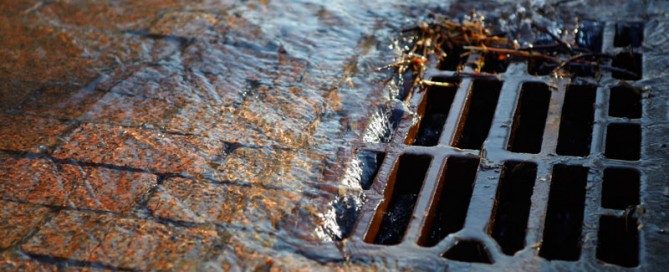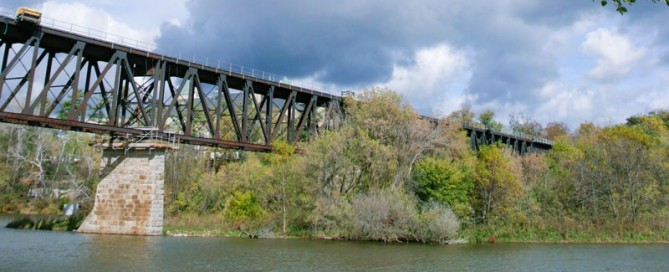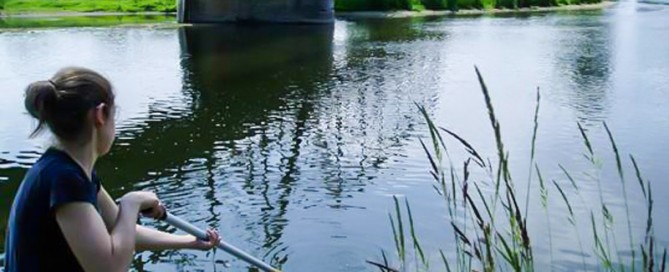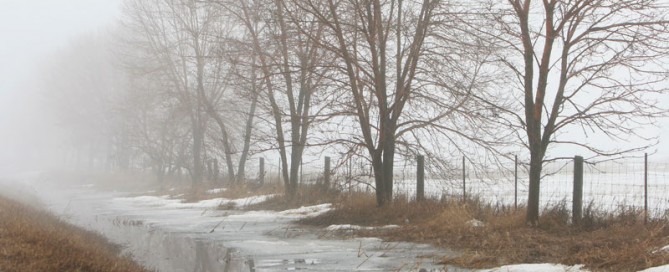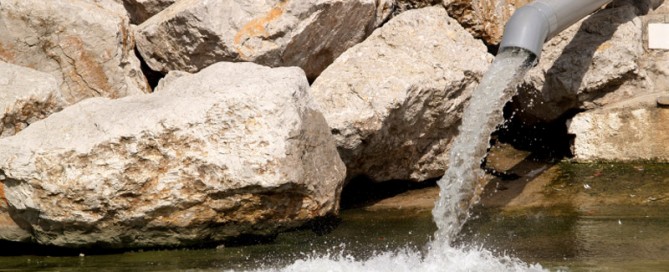Case Studies in Climate Change Impacts and Economic Adaptation for Water Infrastructure: Victoria, Fraser River Basin, Niagara and Montreal
This project explored and developed a variety of empirical down-scaling methods to estimate a number of “100-year” precipitation projection scenarios for Victoria, the Fraser River Basin, Montreal and Niagara, all of which are vulnerable to climate change.


